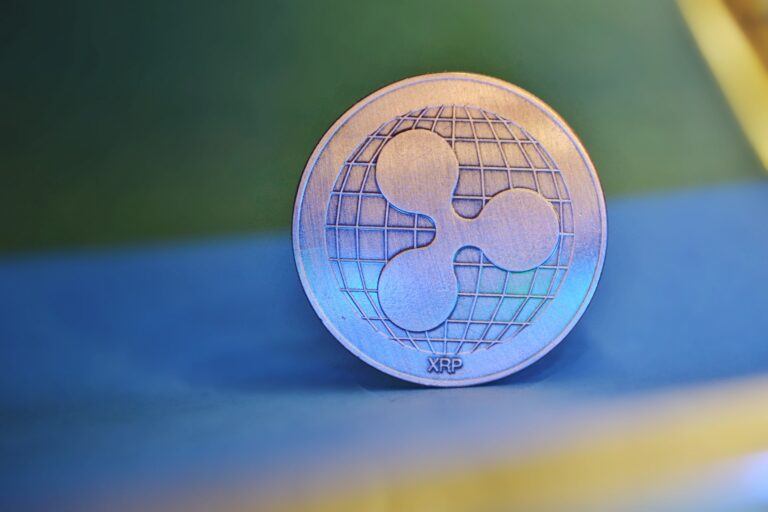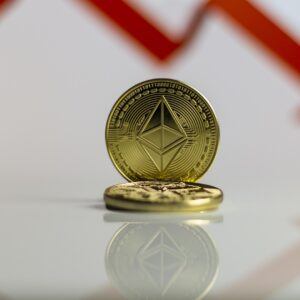Last month, at Paris Blockchain Week 2024 (April 9-11, 2024), Web3 journalist Ornella Hernández talked to Markus Infanger, Senior Vice President of RippleX. His discussion focused on the growing ecosystem, new technological advancements, and Ripple’s role in facilitating blockchain innovation.
The XRP Ledger booth attracted significant attention at the conference, serving as a hub for queries and discussions about blockchain development. Infanger noted the enthusiastic reception from attendees, many of whom were eager to learn about starting projects on the XRP Ledger. This interest highlights the ledger’s expanding influence and the community’s eagerness to explore its capabilities.
Ripple is actively fostering an environment conducive to innovation. Infanger detailed the resources available to developers, including grant programs, accelerators, and learning portals. These initiatives are designed to support developers at various stages of their projects, from inception to implementation, ensuring they have the tools needed to succeed.
During his chat with Hernández, Infanger highlighted several projects currently leveraging the XRP Ledger, such as Palisade, Sologenic, and Phi Wallet. These projects exemplify the ledger’s utility in promoting financial inclusion and advancing the tokenization of assets. By supporting these initiatives, RippleX is not only advancing its technological base but also contributing to the broader blockchain ecosystem.
Infanger provided updates on the latest enhancements to the XRP Ledger, including the introduction of an automated market maker and a new decentralized identifier (DID) standard. These developments are part of Ripple’s ongoing efforts to enhance the ledger’s functionality and scalability. The automated market maker is designed to improve liquidity and trading efficiency, while the new DID standard aims to provide more robust identity solutions within the blockchain space.
Ripple’s commitment to community development is evident in its educational efforts. Infanger emphasized the importance of the learning portal and other resources that help new developers navigate the complexities of blockchain technology. By democratizing access to comprehensive educational materials, Ripple ensures that newcomers can effectively contribute to and grow within the XRP Ledger ecosystem.
Even more interestingly, the Ripple executive discussed Ripple’s upcoming stablecoin project. The planned stablecoin is envisioned as a key development for Ripple, aiming to bridge the gap between traditional finance and cryptocurrencies. Markus projected significant growth for the stablecoin market and expressed enthusiasm about Ripple’s ability to meet developer demands and facilitate more financial activities on-chain with a compliance-first approach.
Ripple plans to leverage its stablecoin in existing real-world cross-border payment products alongside XRP, enhancing scalability and offering new options for financial transactions. Additionally, the stablecoin will support projects involving real-world assets on the XRP Ledger, indicating Ripple’s strategic focus on broadening the ledger’s utility across global financial operation
Markus touched on the crucial role stablecoins play in developing regions like Latin America and Africa, where they counteract local currency instability and high inflation rates. Ripple’s stablecoin aims to provide solutions that are globally applicable, reinforcing its potential to impact a wide range of financial operations worldwide
Featured Image via Pixabay









